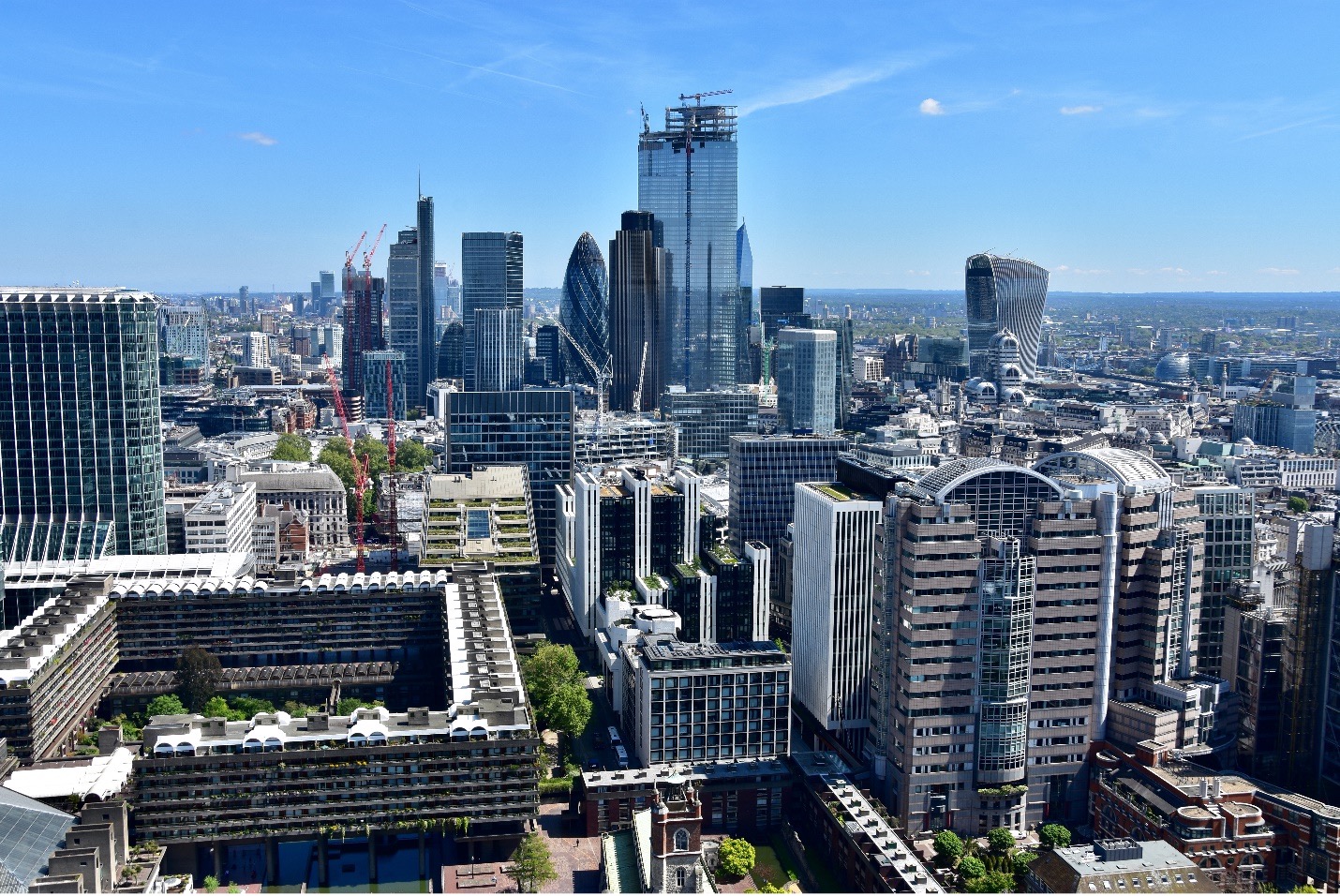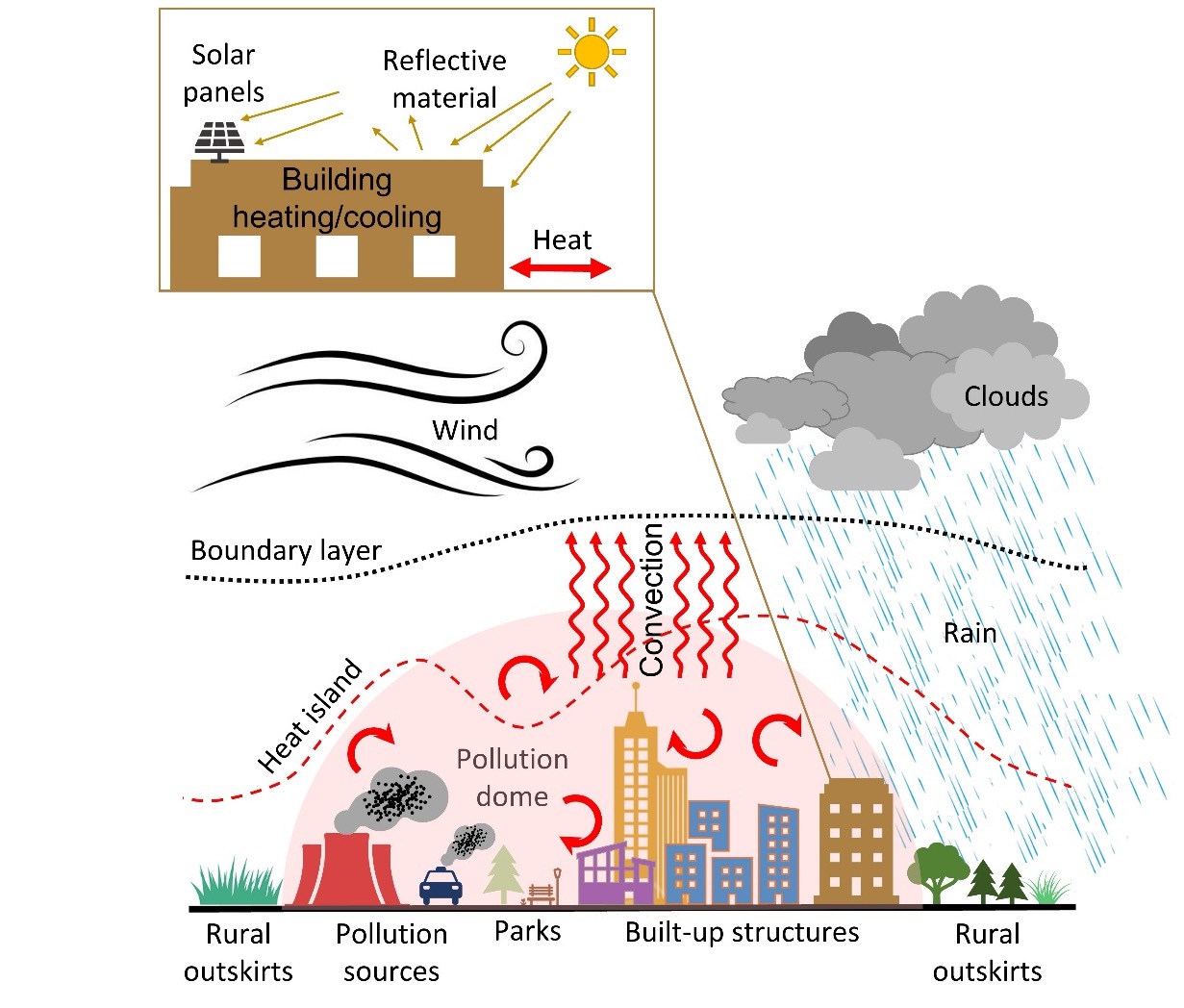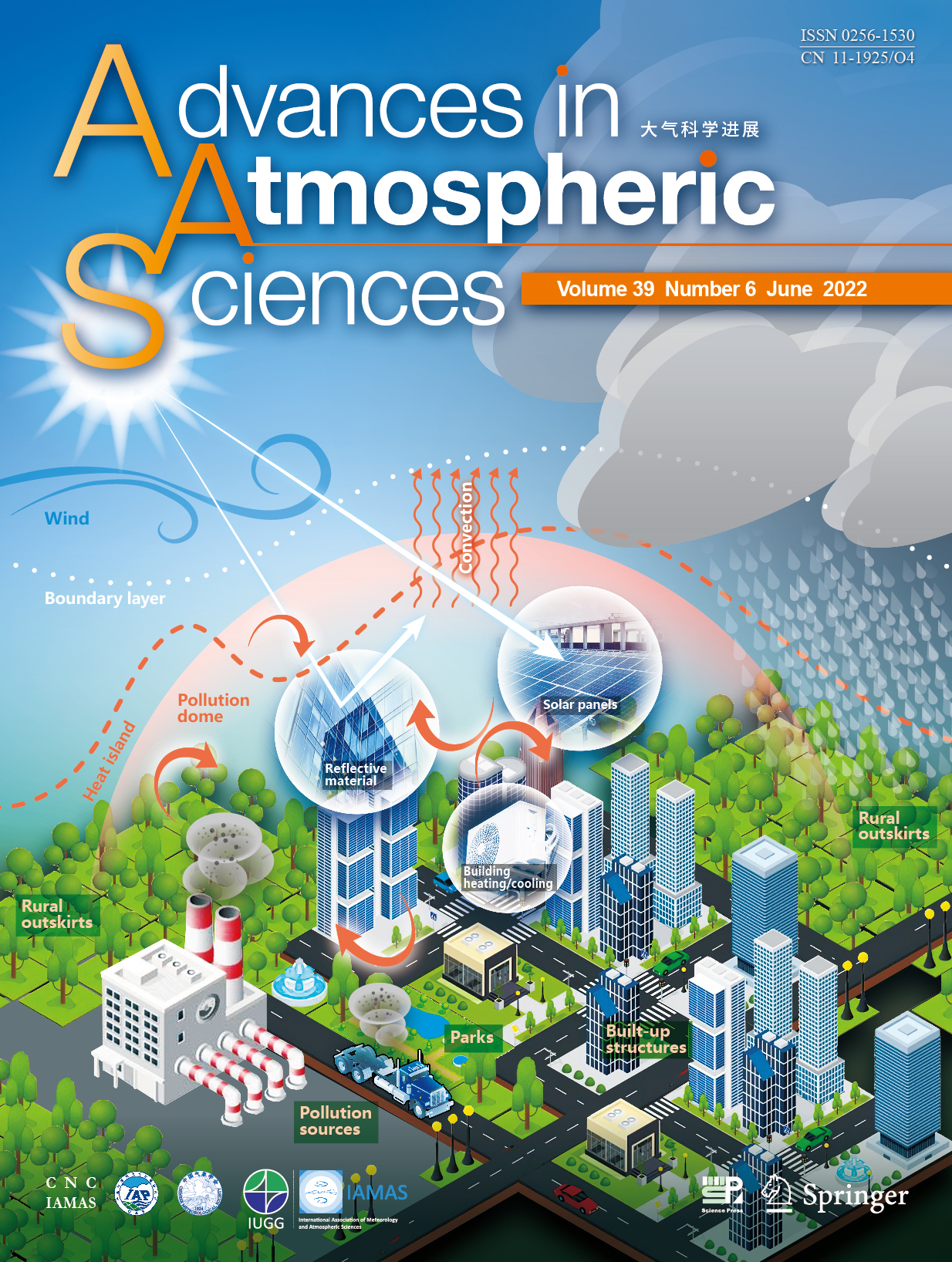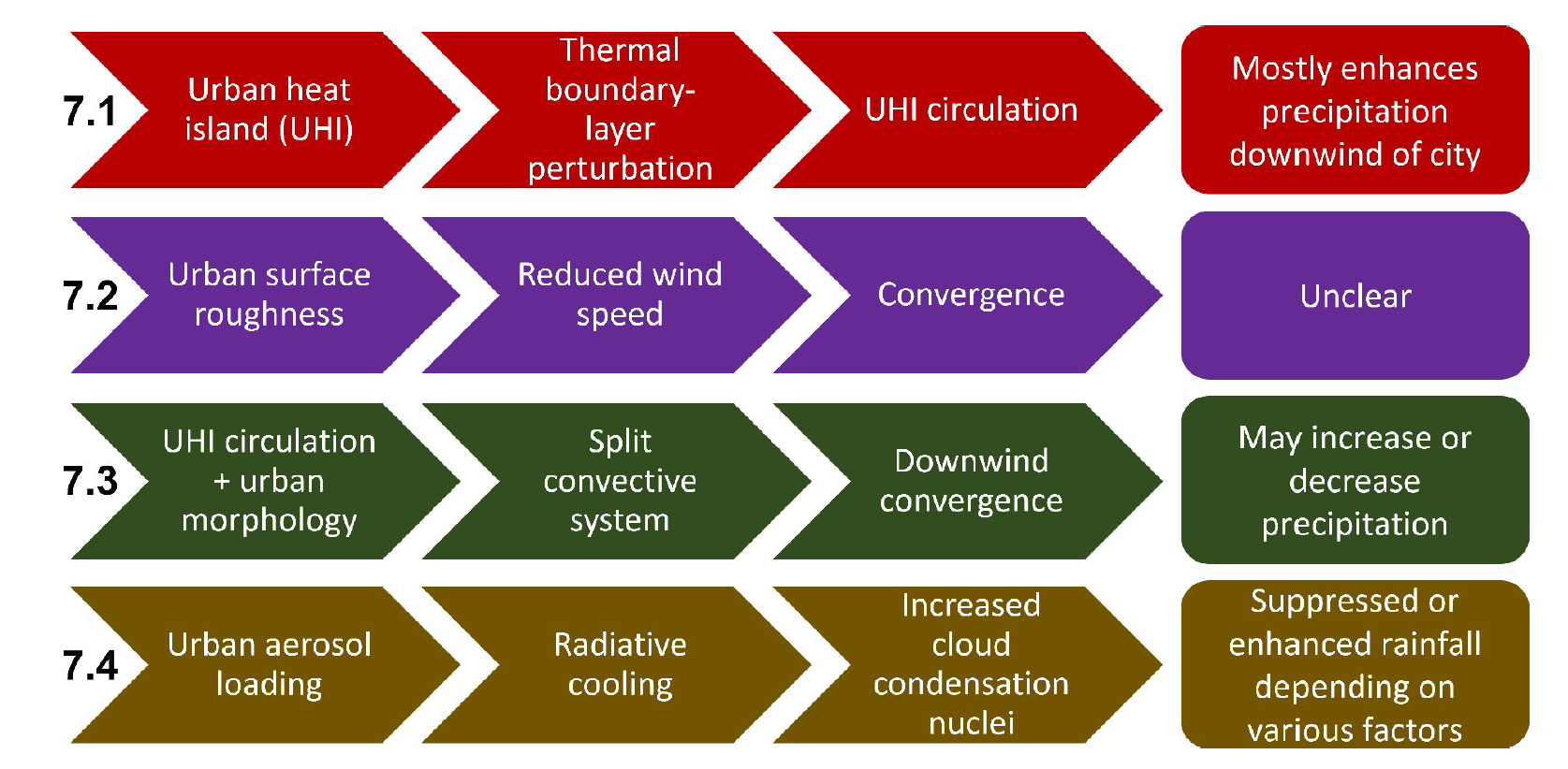Reviewing Urban Impact on Regional Climate and Extreme Weather

Figure 1. Urbanization affects various components of both natural and human systems. Image by Michael Gwyther-Jones | Flickr
Researchers examined the vast scientific literature about the urban impact on weather and climate to synthesize current understanding and inform future work.
The Science
It is well-established that urbanization (Fig. 1) has noticeable effects on processes at and near the Earth’s surface, affecting weather and climate with consequences for rapidly growing urban populations. The scientific literature focusing on urbanization and its impacts is vast, with contributions from several fields. An international collaboration of scientists reviewed the scientific literature on the various impacts of urbanization on extreme weather and regional climate to better synthesize this knowledge. Their work provides an overview of the scientific insights gained from almost 200 years of urban research and over 500 literature sources.

Figure 2. A schematic summarizing the impacts of urbanization on various components of natural and human systems. Urban environments have unique biophysical, morphological, and thermodynamic characteristics due to the continued infrastructure development that generally replaces natural landscapes with built-up structures.
The Impact
As cities expand and urban populations grow, scientists need to better understand how cities interact with weather and climate at various scales (Fig. 2). By providing an overview of current scientific understanding of the local and regional effects of urbanization, this review highlights the deficiencies in current observational and modeling methods used to study urban areas. It provides recommendations on research topics and priorities to better close the gaps in our understanding of urban-scale interactions with weather and climate.
Summary
By implementing a stochastic deep-convection scheme into the Zhang-McFarlane (ZM) deterministic deep-convection scheme, scientists improved the representation of convection in EAMv1. The well-known problem of “too much light rain and too little heavy rain” was alleviated, especially over the tropics. The mean precipitation amount distribution improved with more precipitation contribution from more intense precipitation events. The synoptic and intraseasonal variabilities of precipitation were enhanced and were closer to observations.

Figure 4. Journal cover image for this study in Advances in Atmospheric Sciences, June 2022. [Qian et al., 2022]
Publication
Qian, Y., T. Chakraborty, J. Li, D. Li, C. He, C. Sarangi, F. Chen, X. Yang, L. R. Leung, “Urbanization Impact on Regional Climate and Extreme Weather: Current Understanding, Uncertainties, and Future Research Directions.” Adv. Atmos. Sci. (2022). [DOI: 10.1007/s00376-021-1371-9]
The paper was highlighted by the journal cover image (Fig. 4) in June 2022 edition of Advances in Atmospheric Sciences.
Funding
This research has been supported by the Department of Energy, Office of Science, Biological and Environmental Research program, as part of the Regional and Global Model Analysis , MultiSector Dynamics, and Earth System Model Development program areas, through the collaborative, multi-program supported Integrated Coastal Modeling (ICoM), HyperFACETS, and COMPASS-GLM projects. PNNL is operated for the Department of Energy by Battelle Memorial Institute under contract DE-AC05-76RL01830.
Contact
- Ruby Leung, Pacific Northwest National Laboratory
- Yun Qian, Pacific Northwest National Laboratory



